Go greener
Every flip of a switch and car ride increases your carbon footprint and adds harmful CO2 to the atmosphere. Now it’s easy to start offsetting your carbon footprint for as little as the price of a cup of coffee per week.
ReBalance and make a difference for the planet
Why ReBalance? Because it’s a simple way to offset the carbon emissions you add to the atmosphere every day. With every ReBalance option, your funds support 100% certified carbon reduction projects for a cleaner Earth.
50 Billion Tons
CO2 equivalents worldwide annually released into the atmosphere every year 1
20 Tons
CO2 equivalents released annually by the average person living in the U.S. from all activities 2
3 easy ways to ReBalance
It’s easy. Pick from our popular carbon offset packages, or customize your own package in any amount you’d like. You can even give ReBalance as a gift to friends and family.

Pick a Popular Package

Customize Your Own

a Gift
Be the change you wish to see in the world : )
View your carbon footprint
Every day, harmful CO2 is added to our atmosphere by the electricity you use, the car you drive, and other habits. Curious how it all adds up? Find out with the Carbon Calculator below – then offset it with ReBalance.
Where your funds go
carbon reducing projects – from solar to wind to reforestation projects and more.
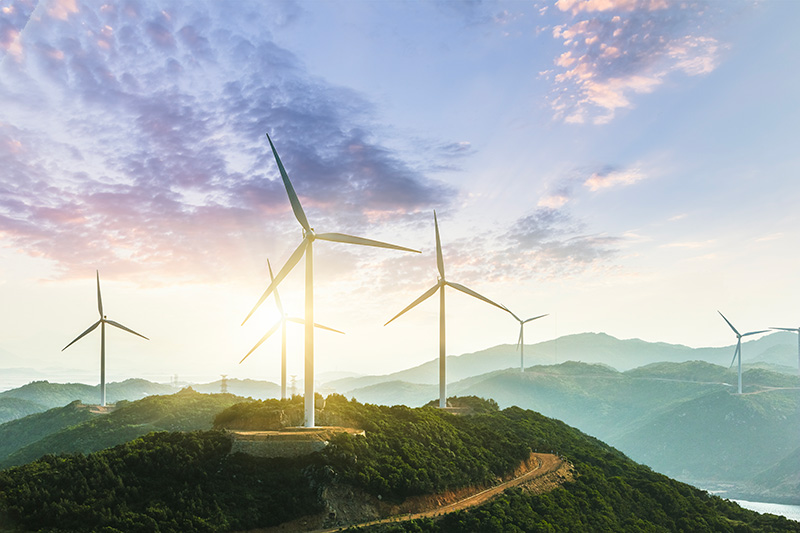
Wind
The wind is a renewable energy source that converts to electricity.
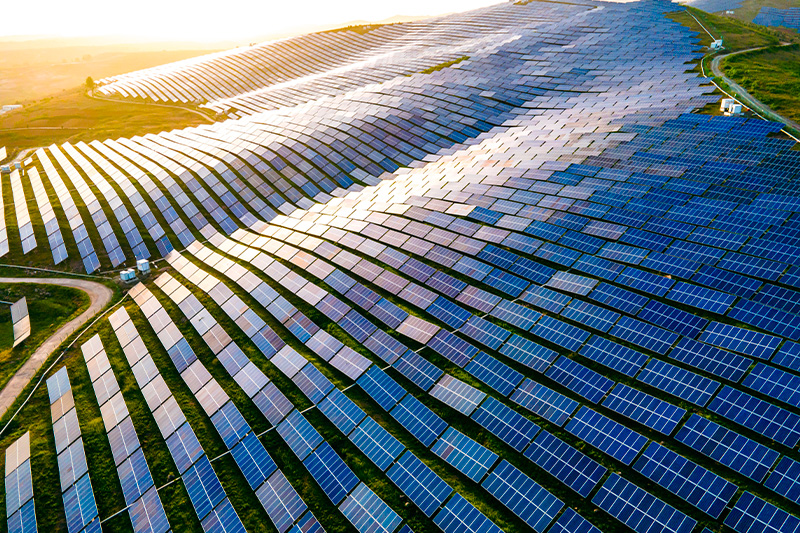
Solar
The sun’s rays generate electricity.

Reforestation
Forests absorb carbon dioxide from the atmosphere.
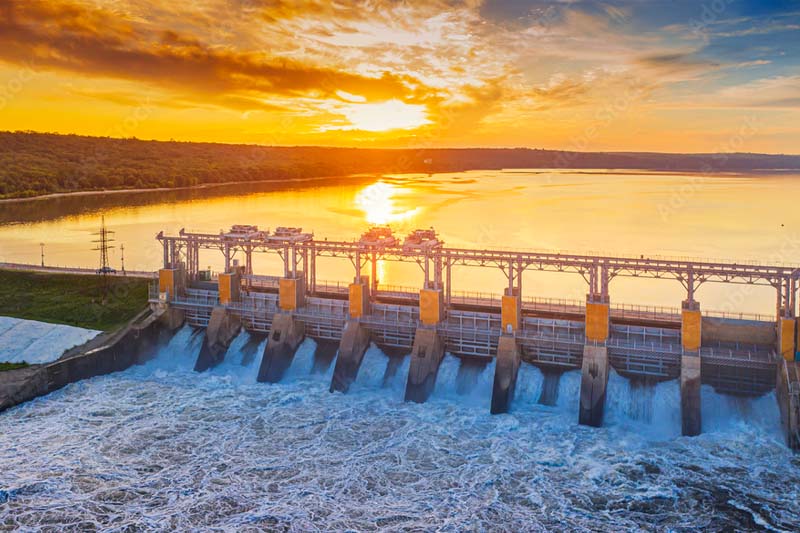
Hydro
Moving water turns a turbine to generate power.

Methane
Anaerobic digesters capture methane, 23 times more impactful on the environment than CO2.
Registered and tracked by 
The projects you support are all registered and tracked by the North American Renewables Registry™, one of the trusted systems of record by the Green-e® Energy Program.
How much of my money goes to the projects?
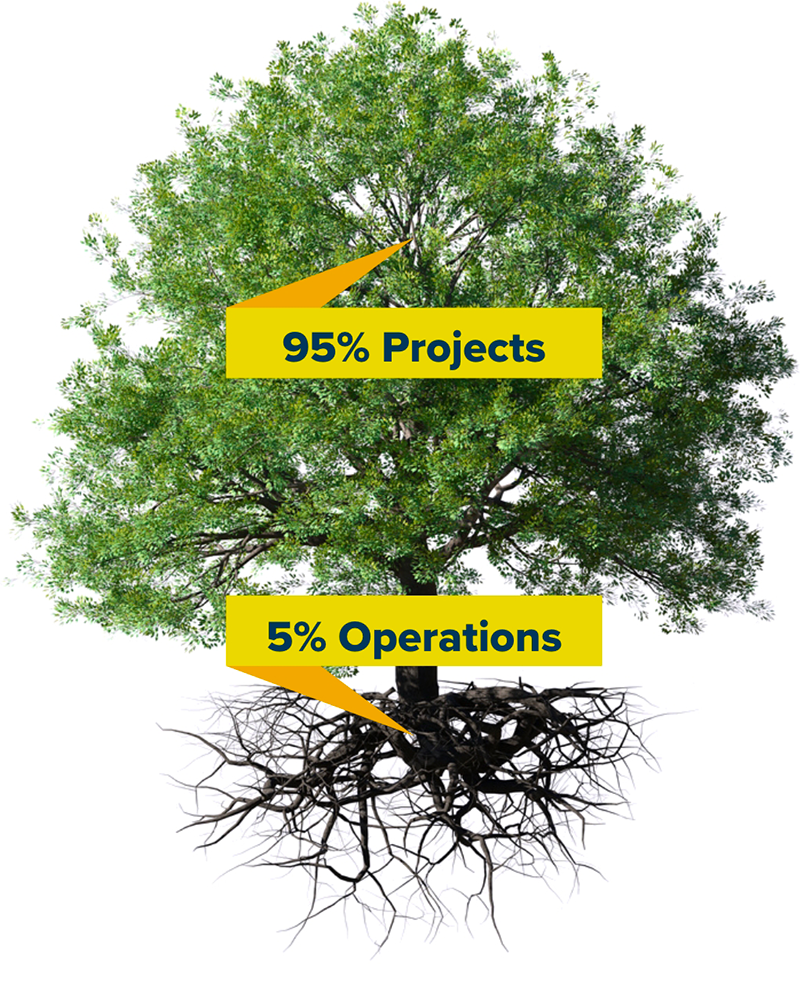
CO2 Offset by U.S. Renewable Energy Projects
Metric tons since March 2022* and growing, thanks to you!
* Based on Energy Information Agency data.
FAQ about ReBalance
CLOSED
CLOSED
What is a carbon footprint?
Almost everything we do or consume every day is made possible by the burning of fossil fuels. Throughout human history, from the first communal fires that provided heat for a family or a tribe, through the invention of the coal-fueled steam engine and internal combustion engine, to the massive electric generation plants of today, carbon-based fuels – wood, coal, oil, gasoline, natural gas – are burned. As they burn they emit carbon dioxide which accumulates in the atmosphere and contributes to global warming and climate change.
When we heat or cool our homes – with oil or natural gas in our furnaces or electricity coming out of the socket – we are increasing our carbon footprint. When we eat we are consuming food that was grown with fertilizer made from natural gas or was shipped in trucks using gasoline. The meat we eat comes from livestock and poultry that digest grass and other grains and emit methane which enters the atmosphere and is even more toxic than carbon dioxide. The clothes we wear were made from natural fibers that required fuel to plant and cultivate or from artificial plastic fibers that used petroleum products. And, of course, the cars we drive burn gasoline or diesel made from oil or electricity produced in carbon-based power plants.
By calculating the amount of carbon-based fuel that is burned in the course of our daily activities or in the production of the goods and food we consume every day we can approximate the number of tons of carbon dioxide that our lives contribute.
Why is it important to offset my carbon footprint?
What is a carbon offset?
At ReBalance, each metric ton of carbon dioxide that we reduce or absorb represents two ReBalance Offsets. Carbon offsets are represented by certificates that are issued by reputable and independent agencies. The developers of these carbon offset projects sell these certificates to help finance their clean energy projects.
How does ReBalance help reduce carbon emissions?
By purchasing carbon offsets from ReBalance, you help fund emissions reduction projects in communities across North America – including renewable energy produced by wind, hydro power, solar power, reforestation, and methane capture at dairy farms. All ReBalance projects meet the highest standards for quality, monitoring, and independent verification.
How much does it cost, and how is my money used?
It costs very little to offset your carbon footprint. In fact, you can make a difference for as little as the price of a cup of coffee per week. Simply calculate your carbon footprint here and then decide whether you’d like to offset 100% of that amount or choose the amount you prefer. ReBalance invests the money in carbon-reducing projects like wind power, solar power, hydro power and capturing methane from cows. Learn more about these projects.
Do carbon offsets really work?
20 metric tons per person?! How is that possible?
Carbon dioxide is a gas so we tend to think that it has no weight. Yet in fact the weight of CO2 that we account for is enormous. An example will help explain. Suppose you live in a home that is heated with heating oil. Every couple months a big truck pulls up and delivers hundreds of gallons, weighing thousands of pounds, into your oil storage tank. A furnace burns that fuel, generating heat in the process. The heat is circulated through your house and the carbon dioxide goes up the chimney.
As we learn in grade school, matter cannot be created or destroyed; it can only be transformed. In this example, the heating oil is turned into an almost identical amount of carbon dioxide, releasing heat in the process. What was once thousands of pounds of heating oil has now been turned into an almost identical number of pounds of carbon dioxide.
Together we can care for the planet.
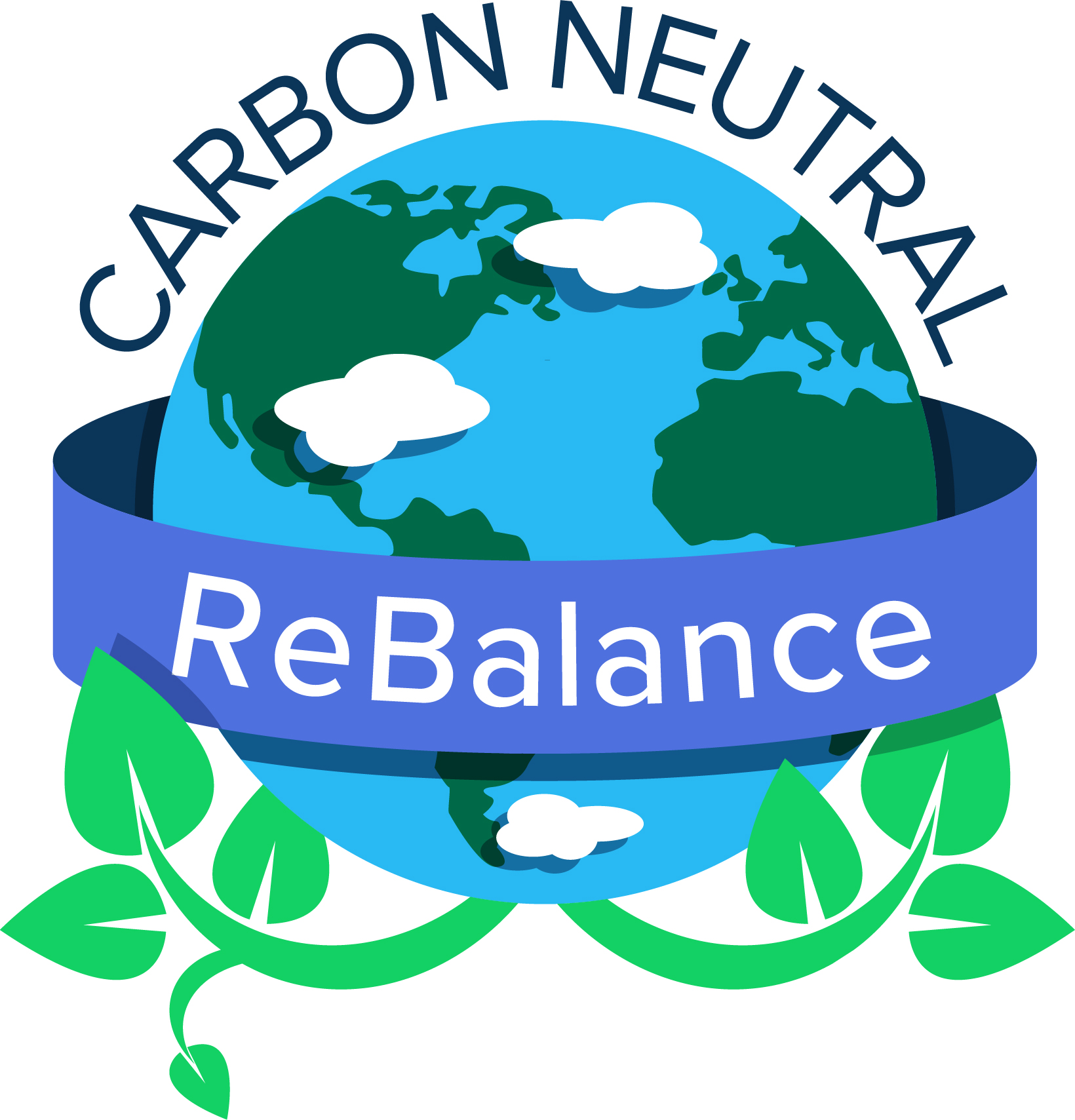
Be an Offsetter Trendsetter